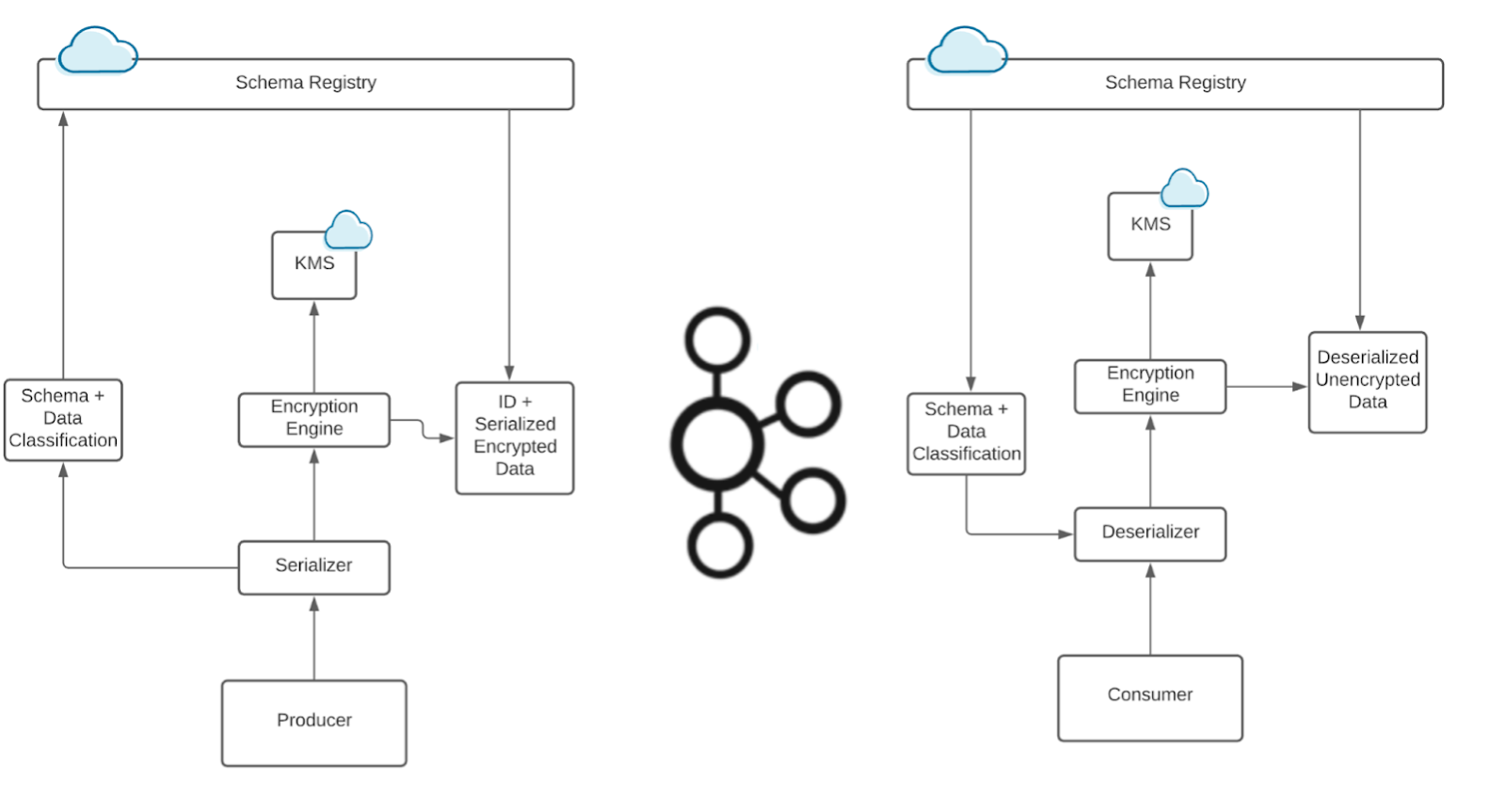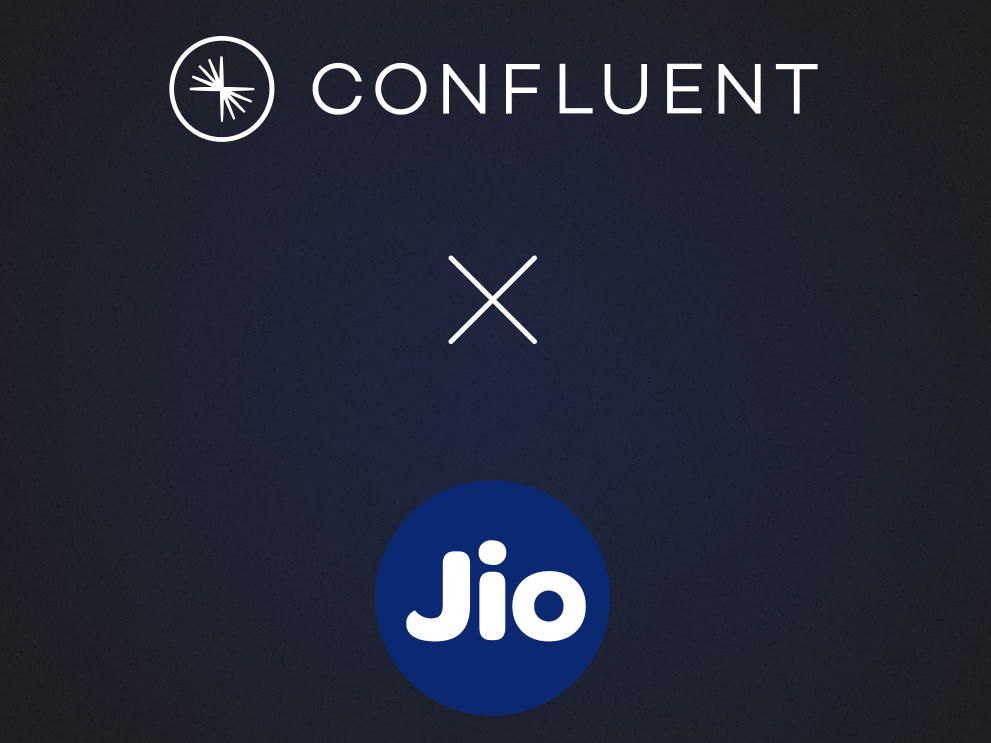[2026 Predictions Webinar] How to Build an AI-Ready Data Architecture This Year | Register Now
From Pawns to Pipelines: Stream Processing Fundamentals Through Chess
We understand new concepts by linking them to familiar ones. These analogies aren’t just helpful; they’re how we think. For me, that something familiar is chess, and I’ll use it to explain some of the core ideas behind stream processing—a concept that requires a shift from seeing tables as static snapshots to treating tables as materialized projections of a continuous stream of changes.
We’ve used the chessboard as an analogy to explain the stream-table duality before, but we’ll expand on a few other concepts. Both stream processing systems like Apache Flink® and chess games involve sequences, state, timing, and pattern recognition. Whether you’re building real-time applications or studying a chess match, the mechanics of progress and decision-making are surprisingly similar.
Ready to test your knowledge now? Become a certified data streaming engineer on Confluent Developer.
Streams Are Like Chess Moves
A stream is just a sequence of events, like a stream of moves in a chess game. An event might be a click, a sensor read, or a payment. And each move has its own context: who made it, when they made it, and what changed.
Picture "knight from b1 to c3." That’s an event with:
A piece (actor)
A from/to (state change)
A timestamp (when it happened)
In the Confluent data streaming platform, data flows into Flink from Apache Kafka® topics one event at a time, shifting the state forward just like a move on the board.
One of the most powerful things about using Flink SQL in Confluent Cloud is that it lets you react to and query each of these "moves" in real time with SQL syntax while keeping perfect memory of the sequence.
By imagining each incoming piece of data as a chess move, you can intuitively appreciate that a stream isn’t just random data flying around; it’s an ordered game unfolding step by step. Each event (move) matters, and the sequence tells a story.
Tables Are the Current Board
Streams tell you what happened. Tables? They show you the current state.
Flink SQL (and the Flink Table API) has the concept of dynamic tables, which essentially provide a materialized view of stream data—a snapshot that updates as new events come in. A Flink table is like pausing a game and looking at the board. Every piece is a row. As new moves (events) come in, the board updates. You can query it like this:
It’s like asking, “Where are all the white pieces now?” Simple—but powerful.
This live view of state is what makes Confluent Cloud for Apache Flink® so useful for powering dashboards, alerts, or materialized business metrics.
Windows = Segments of the Game
Trying to analyze an entire game at once is overwhelming. The same goes for streams. That’s why Flink gives us windows—ways to slice up time. Flink’s windowing mechanisms let you break a continuous stream into chunks (based on time or count) for aggregation and analysis. Chess players do something similar by examining sequences of moves in chunks. Think of examining just the opening moves, an end-game setup, or a combination of moves leading to a tactic.
You may have heard these terms:
Tumbling = every 10 moves (non-overlapping)
Hop = a rolling view (like every 5 moves, shifted one at a time)
Session = clusters of activity (like a tactical exchange)
Using windows in Flink helps compartmentalize the stream for analysis, just like breaking a chess game into segments. Much like how a chess player would evaluate “who gained advantage in the opening,” you can write a Flink job to gather insight into a specific window:
Windows are essential when you want your system to have short-term memory, which resets after a play or a phase and highlights why it’s useful to focus on contextual chunks of the continuous flow.
Time: Event Time vs When It Was Seen
In chess, there’s a physical clock measuring how much time each player spends, and separately, there’s a move log that records the order of actions.
Flink has:
Event time: when something happened
Processing time: when Flink received it
Understanding this helps you grasp why Flink has concepts like watermarks and event-time windows— because like in chess, the order in which things happen and the time in which they’re recorded can differ. Flink gives you tools to handle these differences so that your “game” (data pipeline) still makes sense even if events don’t arrive in perfect order. It uses watermarks to track time and handle late data gracefully.
If your logic depends on when something happened—not just when you saw it—Flink’s event-time model gives you that precision.
State: Remembering the Board
Chess is all about memory and is inherently a stateful game. The next move is completely dependent on the current state of the board, which is the result of all prior moves. Flink jobs do the same. They maintain state between events so that you can keep track of things like running totals, session progress, or user behavior:
Some Flink jobs also use reference data, like checking an opening book before sitting down to play chess.
This persistent state is what lets Flink power real-time applications that behave intelligently over time, not just in the moment.
CEP = Spotting Tactics
Chess is basically one long sequence of moves with countless patterns, and chess players are doing pattern recognition all the time, learning to spot forks, pins, and traps. In Flink, you can do the same with complex event processing (CEP). It’s how you catch sequences in data:
"Login, then password change, no logout—all within 2 minutes."
It’s like scripting your own tactics engine for your event stream.
CEP is great when you're not just reacting to individual events but trying to catch meaningful sequences, like combinations in chess. With CEP, Flink becomes not just a passive processor of events but an active pattern detector, like a chess player scanning the board for familiar patterns that spell opportunity or danger.
Final Thoughts
If you know how to play chess, you already think like a data streaming engineer. Both require understanding sequences, state, timing, and strategy. With Confluent Cloud for Apache Flink® and Flink SQL, the same cognitive skills apply: track changes, know the board, and identify patterns.
See for yourself when you get started on Confluent Cloud, free for 30 days.
Apache®, Apache Kafka®, Kafka®, Apache Flink®, and Flink® are registered trademarks of the Apache Software Foundation. No endorsement by the Apache Software Foundation is implied by the use of these marks.
Avez-vous aimé cet article de blog ? Partagez-le !
Abonnez-vous au blog Confluent
How to Protect PII in Apache Kafka® With Schema Registry and Data Contracts
Protect sensitive data with Data Contracts using Confluent Schema Registry.
Confluent Deepens India Commitment With Major Expansion on Jio Cloud
Confluent Cloud is expanding on Jio Cloud in India. New features include Public and Private Link networking, the new Jio India Central region for multi-region resilience, and streamlined procurement via Azure Marketplace. These features empower Indian businesses with high-performance data streaming.

